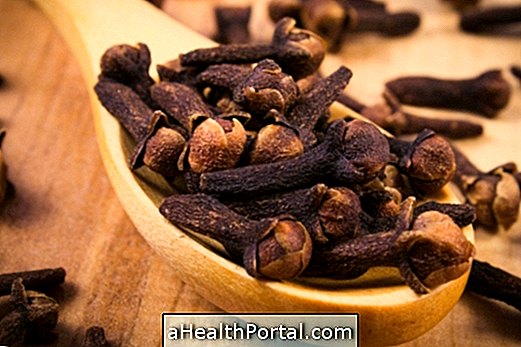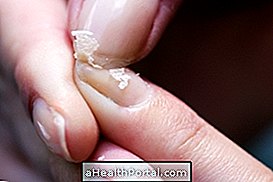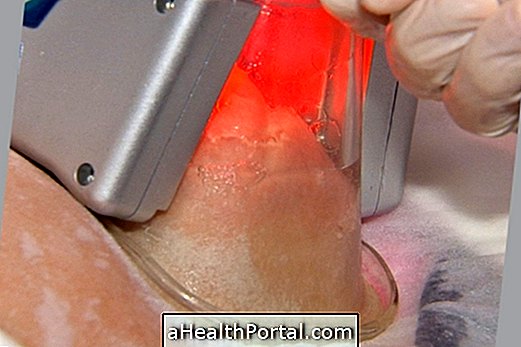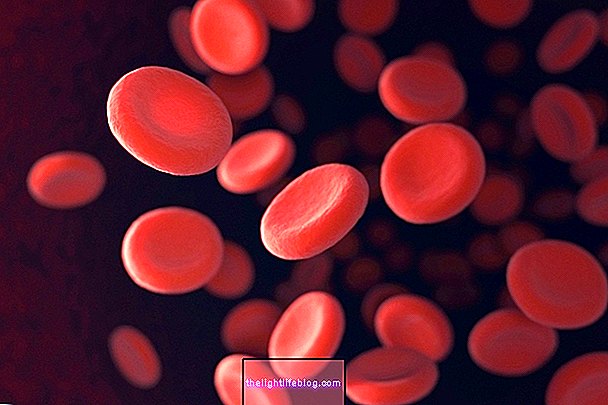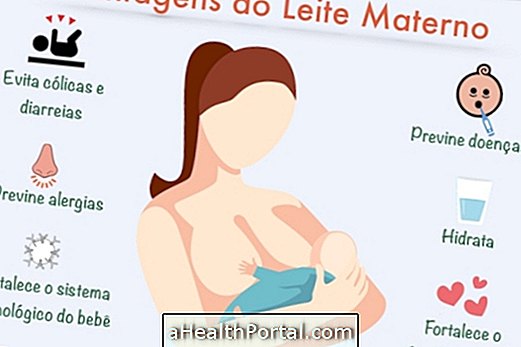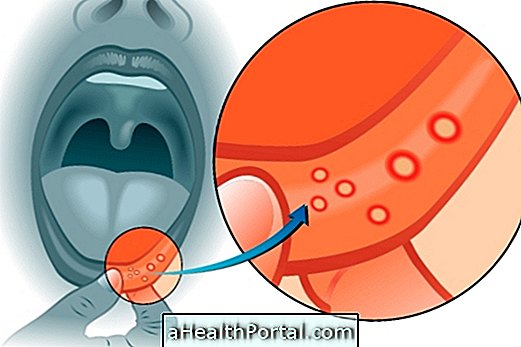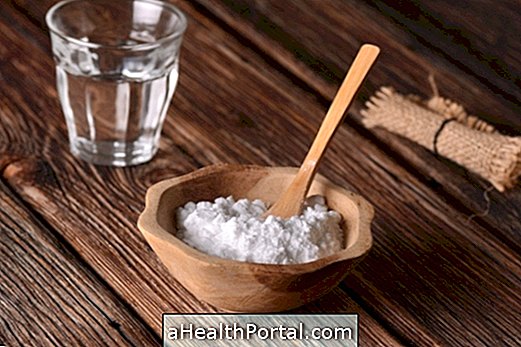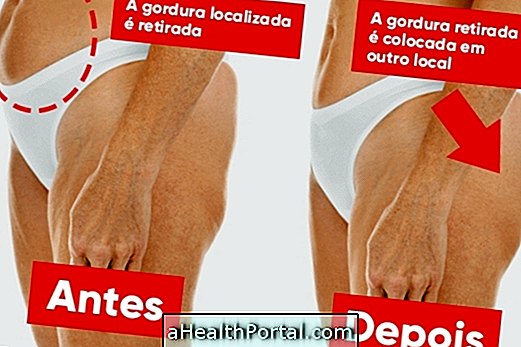Osteoporosis drugs do not cure the disease, but they can help slow bone loss or maintain bone density and reduce the risk of fractures, which is very common in this disease.
In addition, there are also some remedies that help prevent osteoporosis because they work by increasing bone mass.
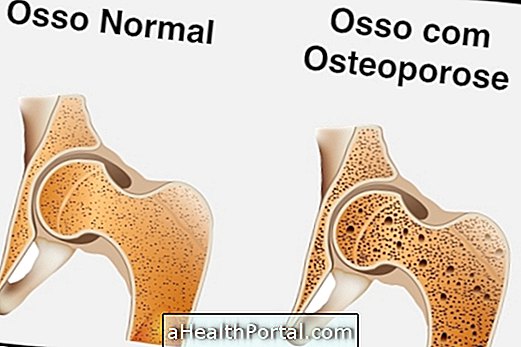
Osteoporosis remedies should be indicated by the physician according to the purpose of the treatment and are summarized in the following table:
| Names of Remedies | What are you doing | Side effects |
| Alendronate, Etidronate, Ibandronate, Risedronate, Zoledronic Acid | They inhibit the loss of bone material, helping to maintain bone density and reduce the risk of fracture | Nausea, irritation of the esophagus, trouble swallowing, stomach pain, diarrhea or constipation, and fever |
| Strontium ranelate | Increases bone mass formation and decreases bone resorption | Hypersensitivity reactions, muscle and bone pain, insomnia, nausea, diarrhea, headache, dizziness, cardiac disorders, dermatitis and increased risk of clotting |
| Raloxifene | Promotes increased bone mineral density and helps prevent vertebral fractures | Vasodilatation, hot flashes, formation of gallstones in the bile, swelling of the hands, feet and legs and muscle spasms. |
| Tibolone | Prevents bone loss after menopause | Pelvic and abdominal pain, hypertrichosis, vaginal secretion and bleeding, genital itching, endometrial hypertrophy, breast tenderness, vaginal candidiasis, alteration of cervical cell morphology, vulvovaginitis, and weight gain. |
| Teriparatide |
Stimulates bone formation and increased calcium reabsorption | Increased cholesterol, depression, neuropathic pain in the leg, feeling faint, irregular heartbeat, shortness of breath, sweating, muscle cramps, tiredness, chest pain, hypotension, heartburn, vomiting, hernia of the esophagus and anemia. |
| Calcitonin | It regulates the level of calcium in the blood and is used to reverse bone loss and can aid in bone formation. | Dizziness, headache, changes in taste, sudden waves of facial or neck flushing, nausea, diarrhea, abdominal pain, bone and joint pain, and tiredness. |
In addition to these remedies, hormone replacement therapy can also be used to treat osteoporosis, which in addition to being used to relieve the symptoms of menopause, also helps maintain bone density and reduce the risk of fracture. However, this treatment is not always recommended because it slightly increases the risk of breast, endometrial, ovarian, and stroke cancers.
Your doctor may also recommend taking a calcium and vitamin D supplement. Learn more about Calcium and Vitamin D Supplement.
Home Remedies for Osteoporosis

Home remedies for osteoporosis can be made with herbal remedies such as Red Clover, Marigold, Licorice, Salvia or Hops and herbs rich in calcium such as Nettle, Dandelion, Horsetail, Dill or Bodelha, for example.
Some examples of home remedies that can be easily prepared at home are:
1. Horsetail Tea
Horsetail is a potent bone remineralizer because it is rich in silicon and calcium.
Ingredients
- 2 to 4 g of horsetail stalks;
- 200 mL of boiling water.
Method of preparation
Place the dried horsetail stems in 200 mL of boiling water and allow to stand for about 10 to 15 minutes. Drink 2 to 3 cups of tea per day.
2. Red Clover Tea
The Red Clover has a protective function of the bones, besides containing phytoestrogens, that help to relieve the symptoms of the menopause.
Ingredients
- 2 g of dried red clover flowers;
- 150 mL of boiling water.
Method of preparation
Pour 150 mL of boiling water into 2 g of dried flowers, let stand for 10 minutes. Drink 2 to 3 cups of tea per day.
These home remedies should be used under your doctor's guidance. See other natural options for treating osteoporosis.
Homeopathic Remedies for Osteoporosis
Homeopathic remedies, such as Silica or Calcarea phosphorica, can be used to treat osteoporosis, however, its use should only be done under the guidance of a physician or homeopath.
Learn more about osteoporosis treatment.







